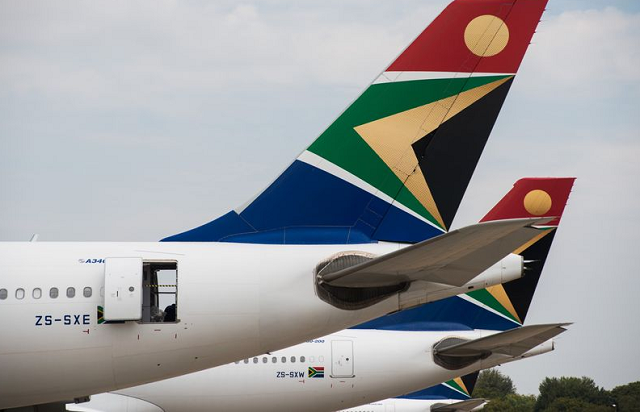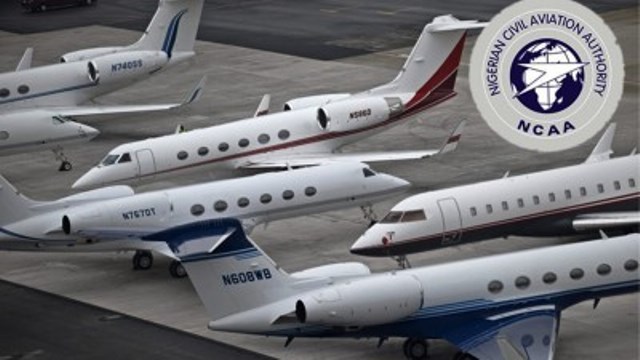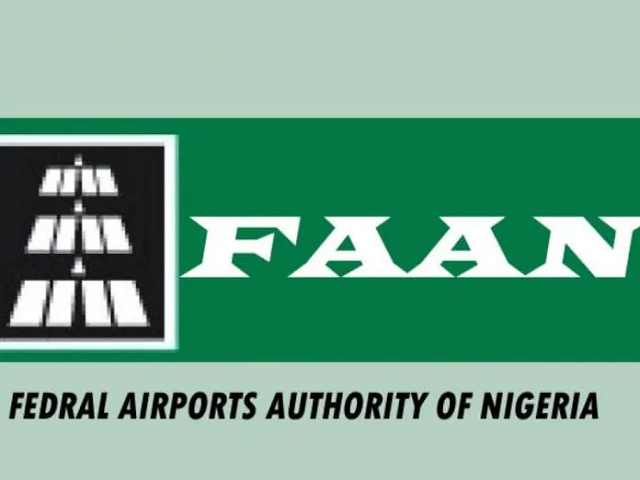Airlifts 1.5 million passengers on Lagos-Johannesburg in 20 years
South African Airways (SAA) has pledged commitment to the Nigerian route in its ongoing restructuring exercise to return the carrier to profitability.
The Chief Executive Officer of the airline, Vuyani Jarana, said the Lagos-Johannesburg route especially, is one of the most successful in its network and remains critical to the current turnaround plan.
Jarana, who was recently on a familiarisation visit to major stakeholders and partners in Nigeria, said there was plan to restore the Abuja operations, as part of the strategy to grow the West African patronage.
The airline, in 20 years of operation, has airlifted over 1.5 million passengers on the Lagos-Johannesburg route.
He explained that the airline is restructuring along the main lines profitability, network of right market with right equipment, improved efficiency and customer experience and growth of operations.
Jarana disclosed that the airline has already got a bailout of R9.2 billion ($736 million) with a target of break-even by 2021.
According to him, “We now have a clear strategy and clear path to profitability defined by the board. We are looking at a three-year window to get to a break-even point. We continue to revise the strategy as we see more opportunities.”
He added that SAA will continue to cut or reduce loss-making routes and transfer unneeded planes to profitable low-cost carrier Mango Airlines.
The company halved the number of flights from Johannesburg to London’s Heathrow airport last month, and in 2017 cancelled or reduced the frequency of flights to African capitals including Luanda, Abuja and Kinshasa.
The airline has a fleet of more than 50 planes and flies to cities in 25 countries, according to its most recent annual report. SAA has been losing money for years, and their losses keep getting bigger, with no signs of that changing.
He explained that a new investor would “most likely be attracted to an SAA that’s actually dealt with its own challenges and restructured.
On how to serve the West African market, Jarana said before the restructuring, “we were in about nine countries in West and Central Africa, starting from the Democratic Republic of Congo to Senegal and so on. We had Dakar, Abidjan, Cotonou, Brazzaville, Kinshasa, Lagos, Abuja and so on.”














